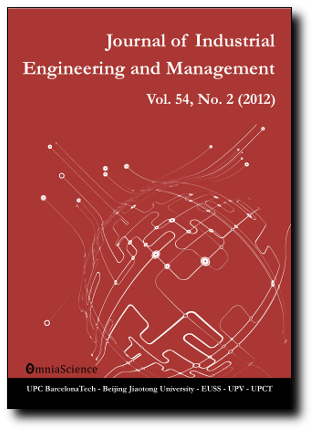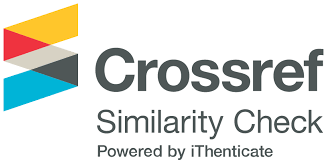Insight indoor adaptive behavioural adjustments considering a machine learning-based method
Abstract
Purpose: Research focused on indoor thermal comfort has increased significantly in recent years. This is mainly due to the relationship of said variable with energy efficiency, derived from an optimal operation of conditioning systems. Related to this, it is important to highlight the relevance of the clothing insulation level, due to its connection with thermal comfort.
Design/methodology/approach: The present study proposes a machine learning-based method, by applying four Machine Learning algorithms. For this purpose, the ASHRAE Global Thermal Comfort Database II was used, and nineteen features were selected as input variables.
Findings: Among the four algorithms considered, Multi-Layer Perception more accurately predicted the clothing insulation level of the participants (R2=0,883). Moreover, as for the relevance of the input variables, those related to indoor and outdoor climatic conditions had the greatest effect on the estimation of the observed output.
Originality/value: A Machine Learning-based approach to delve into the analysis of the clothing insulation level, as opposed to other studies that rely on regression models, is proposed. Moreover, it is not based on a single technique but carries out a systematic comparative analysis of several of the most commonly in the field of thermal comfort. Additionally, it seeks to encompass a wide range of input variables to investigate their relationship with the clothing insulation level.
Keywords
Full Text:
PDFDOI: https://doi.org/10.3926/jiem.8605
This work is licensed under a Creative Commons Attribution 4.0 International License
Journal of Industrial Engineering and Management, 2008-2025
Online ISSN: 2013-0953; Print ISSN: 2013-8423; Online DL: B-28744-2008
Publisher: OmniaScience






